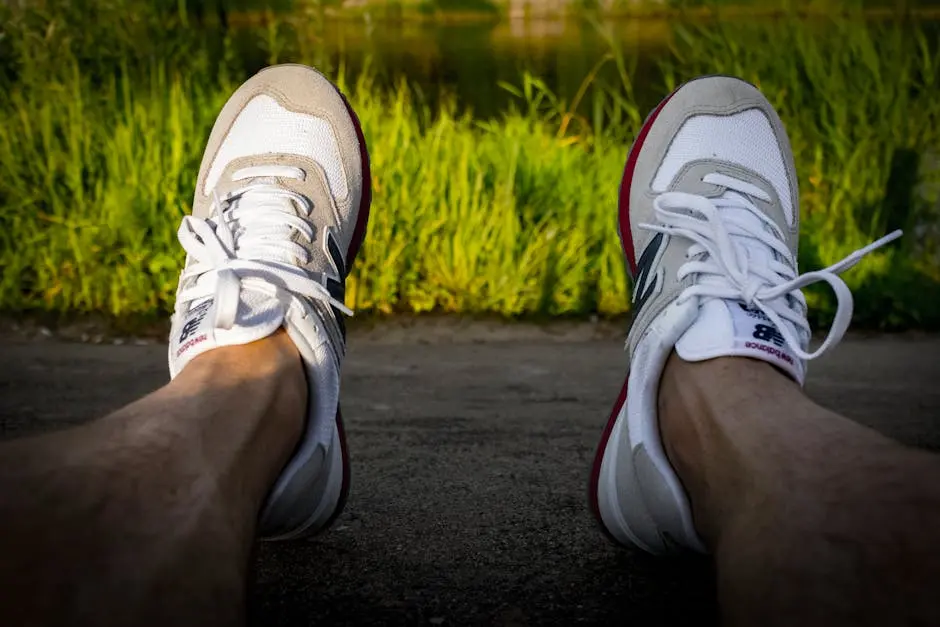Custom shoe trees are often seen as a necessity for preserving the shape and lifespan of shoes. But can they be used for sneakers too? In this FAQ, we will explore the compatibility of custom shoe trees with different types of sneakers, the benefits of using them, and tips for choosing the right ones.
Understanding Custom Shoe Trees
Custom shoe trees are designed to fit the specific shape of a shoe, helping to maintain its form and prevent creasing.
These tools are typically made from materials like wood or plastic and come in various shapes and sizes that cater to different types of footwear. Their primary purpose is to combat the common issues that come with regular wear, such as creases and loss of structure.
When it comes to sneakers, the structure can vary considerably. Some sneakers have firmer designs, while others are more flexible. Choosing a shoe tree that complements the sneaker’s build is crucial. This understanding lays the groundwork for appreciating how custom shoe trees can be incorporated into sneaker care.
In short, the understanding of custom shoe trees is essential for anyone looking to keep their footwear in pristine condition. By knowing how they work, you can make informed decisions regarding their use for your beloved sneakers.
Can You Use Them for Sneakers?
Yes, custom shoe trees can be used for sneakers, but their effectiveness can vary based on the design and material of the sneakers.
For instance, sneakers with softer materials may require a lighter shoe tree to prevent stretching or damaging the fabric. Meanwhile, those made from stiffer materials can benefit from more robust shoe trees that provide strong support. Therefore, understanding the type of sneaker you own is critical in determining whether custom shoe trees will serve their purpose.
Moreover, some sneaker enthusiasts believe that using custom shoe trees protects not only the shape but also enhances comfort by reducing odors. Many sneaker materials are prone to retaining moisture and scents; therefore, shoe trees can play a role in maintaining freshness, ensuring they are ready for action whenever you are.
Ultimately, while custom shoe trees are versatile, it is essential to consider the individual characteristics of each sneaker. The right shoe tree can indeed make a significant difference in prolonging the life and performance of your favorite pairs.
Benefits of Using Custom Shoe Trees on Sneakers
Using custom shoe trees can help maintain the shape of sneakers, reduce creasing, and extend their overall lifespan.
Beyond mere aesthetics, maintaining a sneaker’s shape has functional benefits as well. Well-maintained sneakers can perform better in terms of fit and comfort. When shoe trees are used regularly, they prevent that dreaded sagging that can happen when sneakers are stored improperly.
In addition to shape preservation, the use of shoe trees can also aid in moisture management. They can absorb excess moisture from sweat and environmental factors, which is especially important for sneakers made from breathable materials. This feature can be a game-changer, as it not only helps keep the sneakers fresh but also promotes a healthier foot environment.
Furthermore, they can serve as a preventive measure against damage from environmental factors such as dust and minor scrapes when stored. When you invest in a good pair of sneakers, using custom shoe trees can be seen as an investment in their longevity.
Choosing the Right Shoe Trees for Your Sneakers
Consider the material, size, and shape of the shoe trees to ensure they fit your sneakers properly without causing damage.
When selecting shoe trees, paying attention to the material is essential. Wooden shoe trees tend to absorb moisture effectively and can add a touch of sophistication if you’re concerned about aesthetics. On the other hand, plastic shoe trees are lighter and can be more affordable, providing a budget-friendly option.
Size is another critical factor. A shoe tree that is too large can create excessive pressure on the sneaker’s seams, potentially causing tearing. Conversely, a shoe tree that is too small will fail to provide adequate support. Look for adjustable options that can cater to your sneaker size without compromising fit.
Finally, always evaluate the design of your sneaker. If your sneaker has unique curves or a rounded toe, ensure the custom shoe tree mirrors that shape for optimal results. Also, check for features like a spring-loaded or flexible design that can adapt to different sneaker styles. By taking these factors into account, you can enhance your sneaker care routine significantly.
Final Thoughts on Using Custom Shoe Trees for Sneakers
In summary, custom shoe trees can indeed be beneficial for various types of sneakers, helping to maintain their shape and prolong their life. While not all sneakers may need them, using the right custom shoe trees for specific varieties can enhance your sneaker care routine. Consider your sneaker’s material and structure when deciding on the best option.

